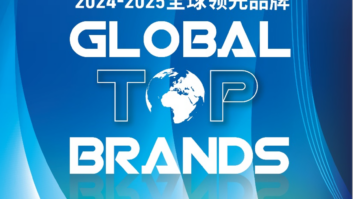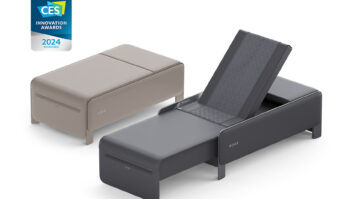Mobile World Congress is the global venue where smartphone suppliers unveil flagship phones, but premium-looking midtier devices might take on more importance at next week’s Barcelona event, some analysts contended.
The reasons include slowing smartphone innovation and heavy smartphone penetration in such mature markets as the U.S., Europe and China.
Because of heavy saturation in these mature smartphone markets, “many vendors have placed a renewed focus on pushing premium-looking midtier devices as a new value proposition to consumers in both developed and emerging markets,” including Samsung and Huawei, said IDC research manager Anthony Scarsella. “Competing vendors will need to bring value to consumers to stay relevant in the market.”
MWC might also serve up clues to BlackBerry’s future in the handset market beyond the Android-based Priv. Third-tier suppliers such as HTC might show how they hope to survive in the handset market, and many will be looking for additional insight into how Samsung will respond to the squeeze from low-cost Chinese suppliers at the value end of the market and Apple at the high end.
Microsoft’s long-rumored Surface phone could also surface at the show, as could more Windows 10 Mobile phones as suppliers upgrade their Windows handsets to the latest Windows OS.
As usual, Apple and Google will host their own events of their own choosing to launch their latest phones and tablets later in the year.
Revolution Over
“The leading smartphone and tablet providers will announce or showcase new models of established product lines, including more wearables and watches, like Samsung’s Galaxy S7, Sony’s Xperia Z6, LG’s G5, Huawei’s P9, HTC’s One M10, and Microsoft’s Surface Phone as well as newcomers like the Nextbit Robin or the OnePlus 2 Mini,” said Forrester Research analyst Dan Bieler. “Yet, I expect more of an evolution than a revolution.”
“I am interested to see which way the pendulum is swinging: device commoditization or real new innovation,” he added. “I expect the former.”
For his part, Frost & Sullivan senior analyst Todd Day expects a broad range of smartwatches to be announced. “Cellular-enabled, standalone watches along with sensor-rich watches made to pair with enhanced smartphones are both likely to be unveiled,” he said.
Day also sees flagship phones sailing at the show, and some might come from Chinese suppliers. “Companies like LG, Huawei, ZTE, and Alcatel to name a few announced new devices [at CES],” he said. “However, a large portion of these devices were categorized as ‘high-end entry-level’ devices. It is likely that we may see the announcement of flagship products from some of these companies, as well as some from Samsung.”
Tango To Dance?
Google and Lenovo might also use MWC to unveil a smartphone incorporating Google’s Project Tango technology, which enables mobile devices to detect their position without using GPS or other external signals, Day said. Tango apps could deliver indoor navigation, 3D mapping, measurement of physical spaces, and augmented reality.
At CES, Google announced a partnership with Lenovo to release a consumer smartphone during the summer with Project Tango technology at less than $500.
Day also expects more Windows 10 devices to be announced, “serving as an upgrade from the previous Windows phones up to this point.”
For his part, Frost & Sullivan VP Brent Iadarola expects slowing innovation and growing commoditization at MWC to force more suppliers to focus on brand building to gain share, as Chinese suppliers have begun to do in the U.S.
“The importance of brand equity among device manufacturers is increasingly emerging as the top global factor influencing purchasing decisions for smartphones and tablets,” Iadarola said.
“Mobile device hardware has become increasingly commoditized in recent years,” he explained. “The reality is the devices themselves are increasingly the same, other than subtle design nuances. So what’s influencing consumer buying behavior? Is it really all about innovative hardware features? Well, not really, definitely not in North America at least. More than anything it’s becoming a brand decision.”
In the U.S., he noted, Frost & Sullivan research suggests that more than 90 percent of customers come into stores knowing what brand of mobile device they will purchase. “So the key is brand awareness and brand loyalty. That’s where companies like HTC have been challenged. They don’t have the money to effectively compete with Apple and Samsung when it comes to driving brand awareness.”
LG is better positioned to build brand awareness because of its size, and Microsoft has the deep pockets to drive awareness, he said. “But currently, the gap between Apple/Samsung and all the others is huge. And it’s not, as many may think, because Apple and Samsung simply have more innovative or advanced hardware features.”













